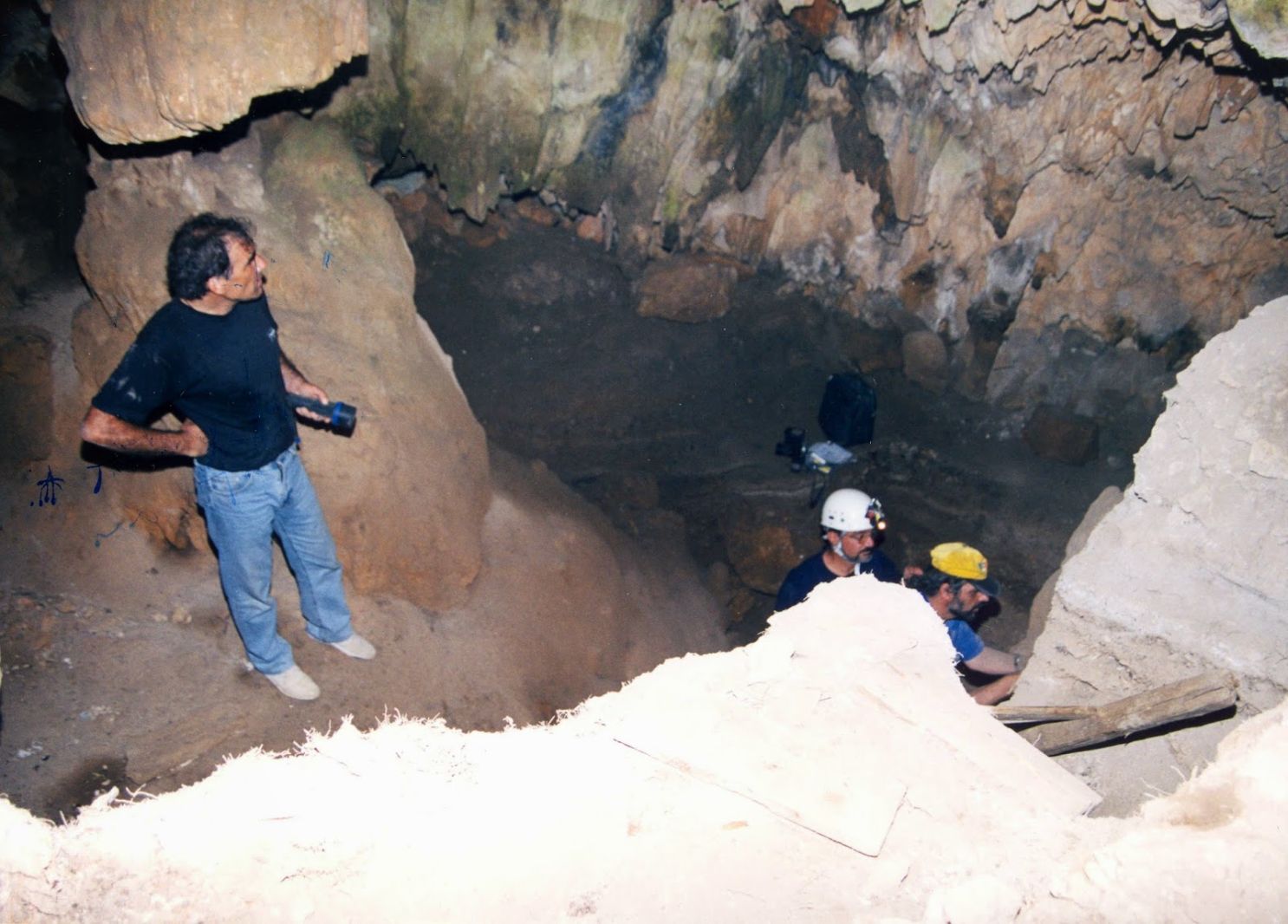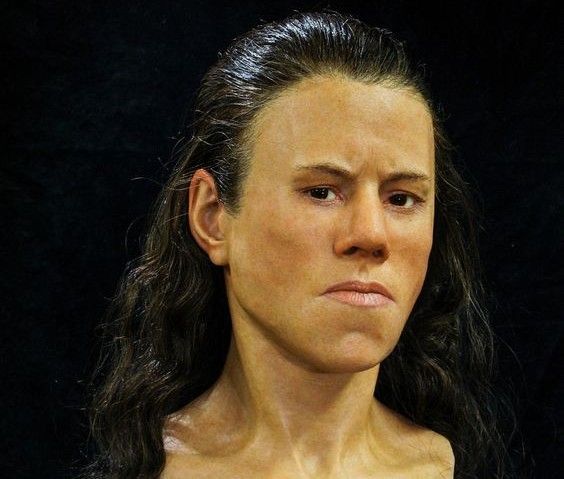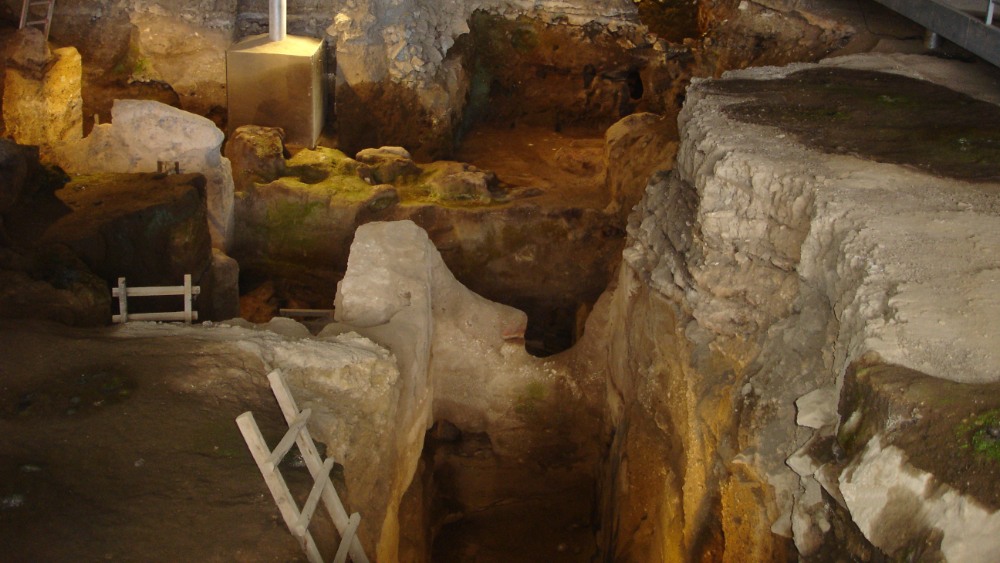Ornamental Mastery
Ornamental objects from Greece’s Paleolithic period, such as shell beads, carved pendants, and other decorative items, carry significant meaning and offer insights into the social and cultural practices of early human populations. These artifacts suggest that prehistoric people possessed an aesthetic sensibility and engaged in behaviors extending beyond mere survival.
The presence of ornamental objects indicates that early humans valued personal decoration, which may have served various purposes, including social status, identity, and cultural expression. Wearing beads or other forms of jewelry might have signified belonging to a particular group or clan, representing achievements and milestones in an individual’s life. Additionally, the creation of these ornaments implies skill in crafting and a deep understanding of materials, reflecting cognitive development and artistic expression. The act of making and adorning oneself with decorative items likely fostered social bonding and contributed to shared cultural practices and rituals within groups. Moreover, such ornaments may have held spiritual or religious significance, potentially serving as talismans or symbols of protection.
These early expressions of creativity indicate a complex social structure, where aesthetics played a role in daily life and interpersonal relationships. In summary, ornamental objects from the Paleolithic era reveal the cultural richness and social dynamics of early human societies, highlighting their capacity for creativity and identity formation amidst the challenges of survival, emphasizing their inclination toward beauty and personal expression in their environment.


















